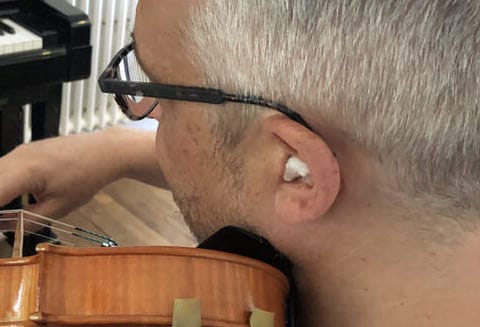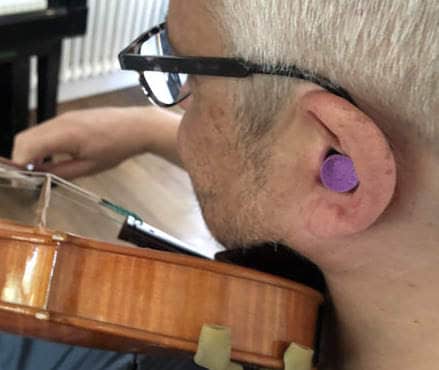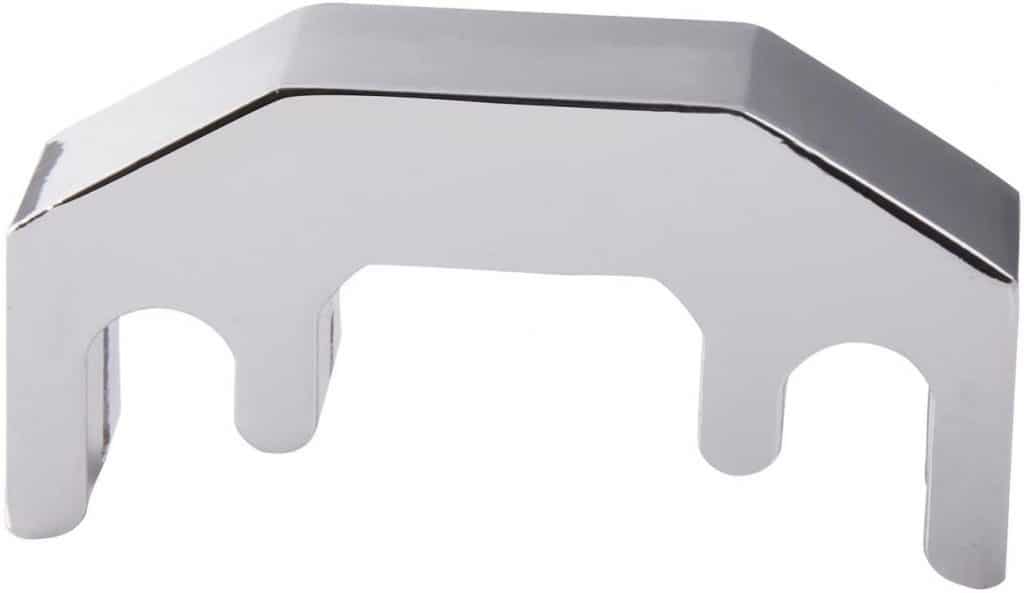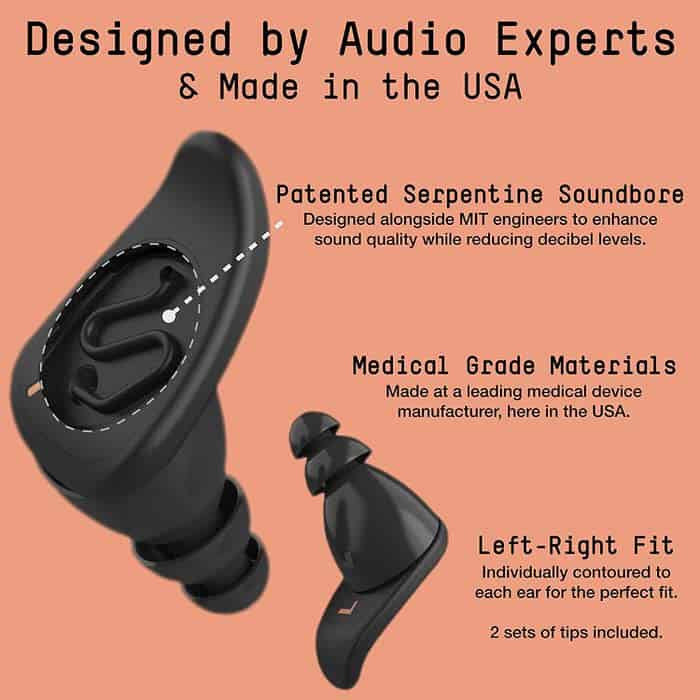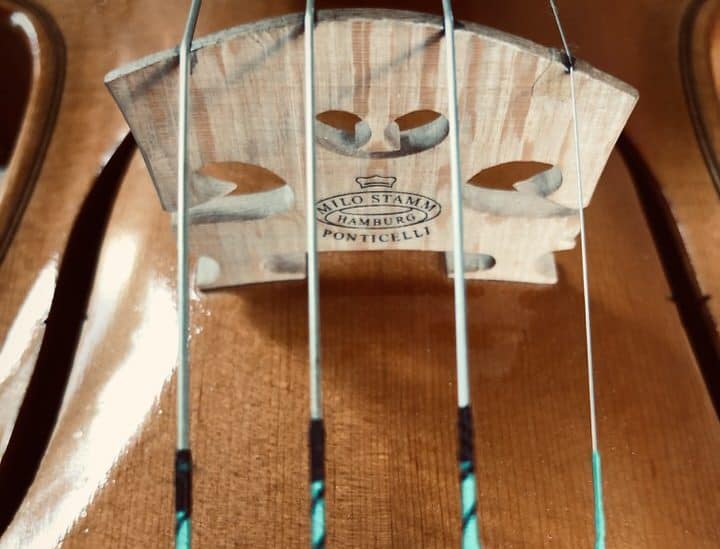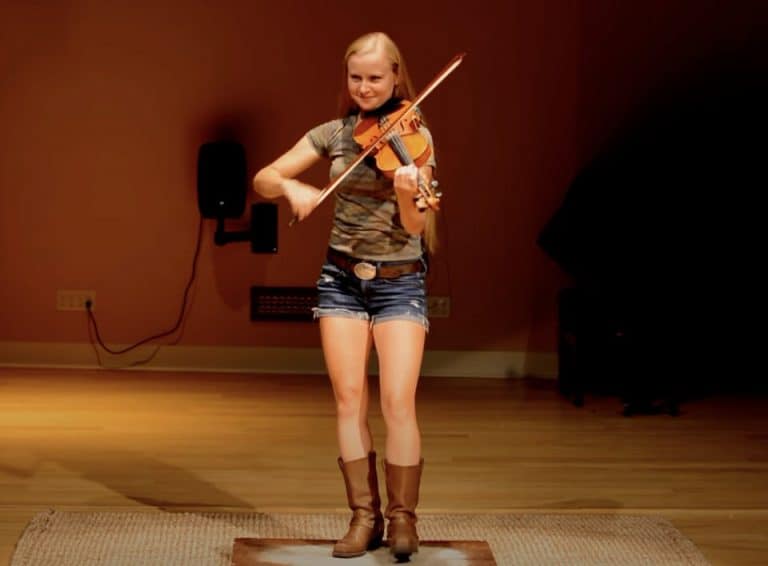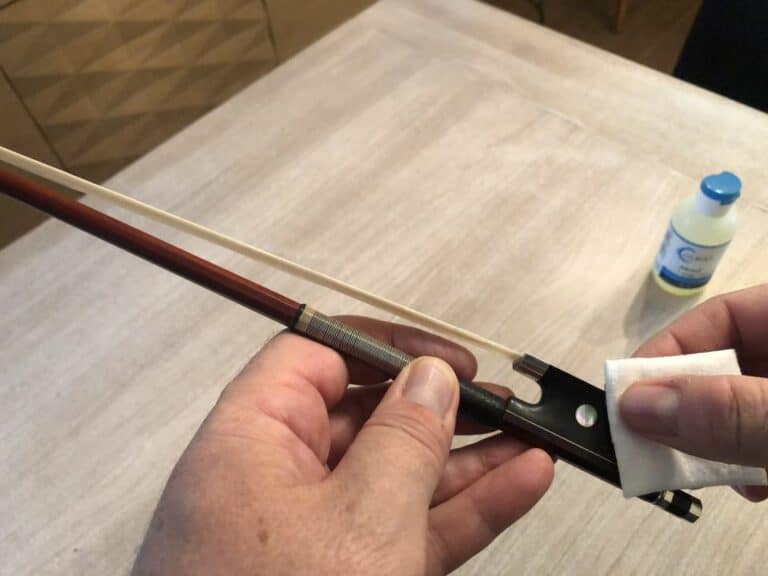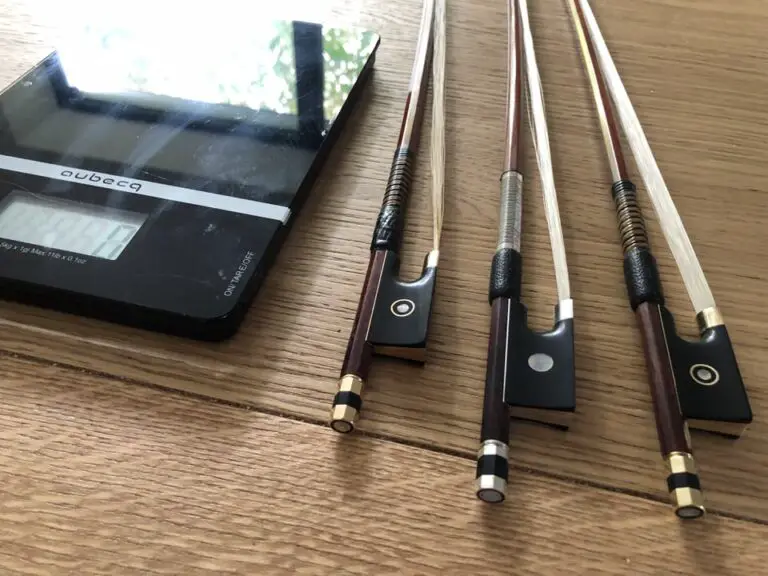Will Playing the Violin Make me Deaf?
Not if you play your cards right. Playing the violin definitely can impair your hearing, but it’s not like picking up the instrument comes with the understanding that you’re going to ruin your ears along the way. There’s plenty you can do, and plenty that violinists have done for years, to keep your most important asset in good shape throughout your violin playing journey.
Can violin playing cause hearing damage?
Absolutely, playing a classical instrument can cause hearing damage. With overtones to 1000 Hz and a volume up to 95 dB, a violin can cause hearing loss. You should protect your ears by wearing an earplug on the ear directed to the violin, or at least cotton. You can alternatively practice with a mute. In many bands, plexiglass shields can protect you from louder instruments.
Frequencies
The E string of a violin is tune to a frequency of 659,3 Hz, which is quite high. But on top of that, the sound is full of overtones, that reach up to 1000 Hz (source). That is quite high and gives a lot of strain to the ear over time.
From practicing to performing, instruments make a lot of sound. Unmitigated, the violin’s sound for hours of practice a day alone can add up to an ear problem over the years. Their raw sound with plenty of overtones is well into the range of dangerous for your hearing and you’re playing with the thing pressed right up against your head.
Volume
A violin is louder than most people think. When playing loud, or as we say fortissimo, a violin can output 75 to 95 dB. For a reference, 95 dB is louder than a petrol lawn mower, the maximum volume allowed for an iPod in Europe, and a tidy bit softer than a night club.
And that’s just your practice. In a long concert with an orchestra, you’re talking hours of that volume constantly blaring through your ears on top of other instruments in the room. If you want a real fun time, you could end up with a brass section adding its own damaging volume right into your ears on top of your own violin’s volume.
If you’ve even attended such a concert, you know that volume is no joke. Next time you leave a venue with your ears ringing, hardly noticing that you’re yelling just to talk to the people you’re with, imagine how much worse it must be for the people on stage.
Can playing the violin cause hearing loss or deafness?
Yes. Playing the violin can cause hearing loss or deafness just as well, particularly in the left ear. Unless you’d like to undergo an ear surgery like my first teacher did, this isn’t something to take lightly.
This should come as no surprise considering the immense volume the instrument can produce and your proximity to said instrument while playing — again, particularly in the left ear, as it more directly faces the instrument as you play.
Not only does the volume strain your hearing, but the violin’s high frequencies are no friend to the ear either. Just like any other strain on your body, excessive high-pitched sounds can wear down on your ear, sometimes even causing a loss of hearing directly towards these higher frequencies. To put this into perspective, an MDPI study (source) revealed that among musicians with hearing loss, the most common impacted range was between 3000hz and 6000hz. With that in mind, consider that the violin can hit notes just beyond 3500hz and the correlation becomes rather clear.
This is an unfortunate side effect of optimal violin posture. If you were to play it looking directly down the middle of the instrument, it would take the strain off your left ear, but it would cause less direct sound projection and some less-than-ergonomic playing. Attempting to solve the problem this way would cause several more. Keeping your head leaning on the violin, though, your left ear is very close to the F-holes.
What should I do then to protect my hearing when playing the violin?
Fortunately, there are much more practical solutions available to reduce the impact of your violin’s sound.
Earplugs
Arguably the most obvious solution, simply buying some quality earplugs is a tried-and-true solution used all across the musical spectrum. They’re inexpensive and do a great job protecting your ears with some of the nicer ones blocking over 30 dB, a reduction substantial enough to put your violin’s volume into the safe range. Keep in mind that they do muffle the incoming sound a bit, though, so you might want to only insert them part of the way, or only use one of them if it’s only your left ear being strained.
In-ear monitors, common in rock music and electronic productions, are also a good method for circumventing the issue of audio quality reduction through earplugs. Obviously, though, they aren’t always much of an option in classical music production. These high-quality acoustic filters, designed for musicians, are worth a try. They don’t come cheap but preserve the type of sound of your instrument the most. I still do not insert them all the way in.
Cotton
Although cotton won’t reduce your violin’s sound levels to nearly the same degree as earplugs will, some musicians swear by this solution, and it’ll work in a pinch if you don’t have earplugs on hand. I have advocated that you do not insert earplugs all the way if you want to hear what you are playing. But if you use cotton, pack a good quantity of it if you want acceptable results. I prefer to use cotton myself because I feel that earplugs muffle the sound too much.
Mute
Particularly handy while practicing, a mute is a good solution for a quick, substantial reduction to your violin’s volume. If you’re unfamiliar with the idea, a mute is a device that goes over the bridge of your violin to lower its volume. They come in a variety of styles — including different kinds for performing and practicing — with varying degrees of sound dampening. It’ll easily be one of the cheapest pieces in your kit and you can bet your ears will thank you.
As handy as that is, a mute’s usefulness really shines when it comes to practicing. If you’re having a hard time practicing due to neighbors or roommates that you don’t want to disturb, there are heavy-duty mutes that will drop your violin’s volume to something perfectly palatable for those around you.
This metal mute is perfect for the purpose and is cheap on Amazon.
Plexiglass
This one may or may not be in your control. If possible, though, plexiglass shields for individual players can help reduce the sound of your fellow players in a performance setting. There’s some debate on how helpful this solution is since it doesn’t actually reduce the dB levels of the other instruments, but in combination with earplugs, it can make a noticeable difference. See if you can arrange to have one in place at your next performance and see for yourself.
No need to fear. With a bit of preparation, you can keep your ears safe while playing just fine. Just ask one of the many, many not-deaf violinists out there. Some simple products and consideration while playing can save you a lot of literal headache later down the line, so fret not, and grab some earplugs next time you hit up the music store.

